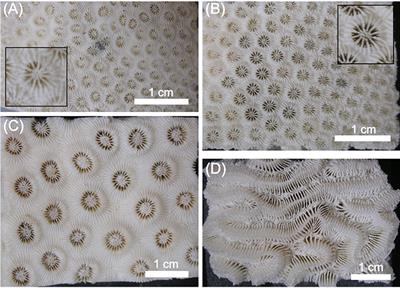@Dana Riddle
I've looked for the last day for some kind of exclusive study on zoas/palys and their light spectrum ABSORPTION.....
.... a chart showing the light BELL-CURVE to maximize their zooxanthellae
The more I look the more confused I get.
Is there a light spectrum chart specifically for zoas/palys?
I've looked for the last day for some kind of exclusive study on zoas/palys and their light spectrum ABSORPTION.....
.... a chart showing the light BELL-CURVE to maximize their zooxanthellae
The more I look the more confused I get.
Is there a light spectrum chart specifically for zoas/palys?




















